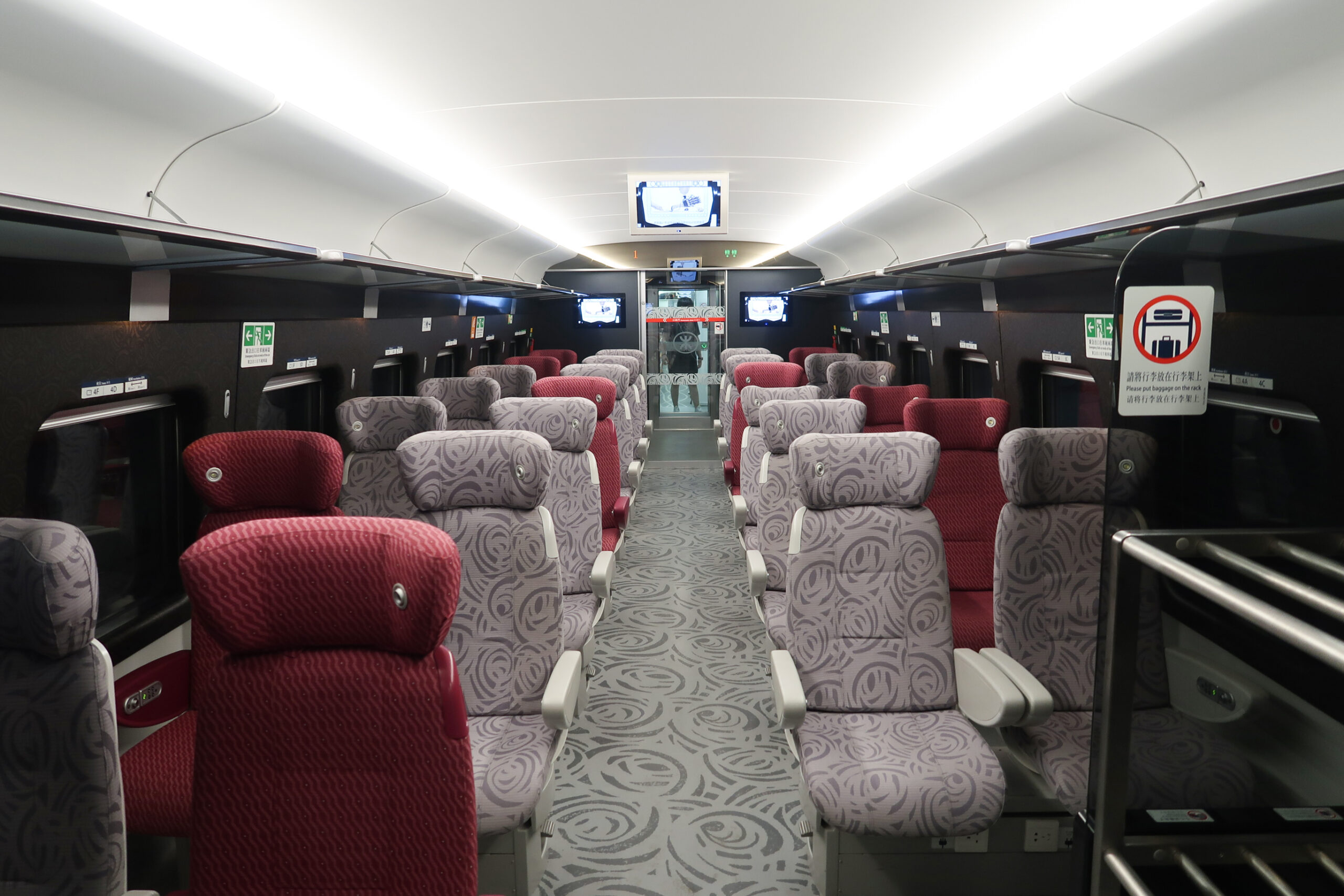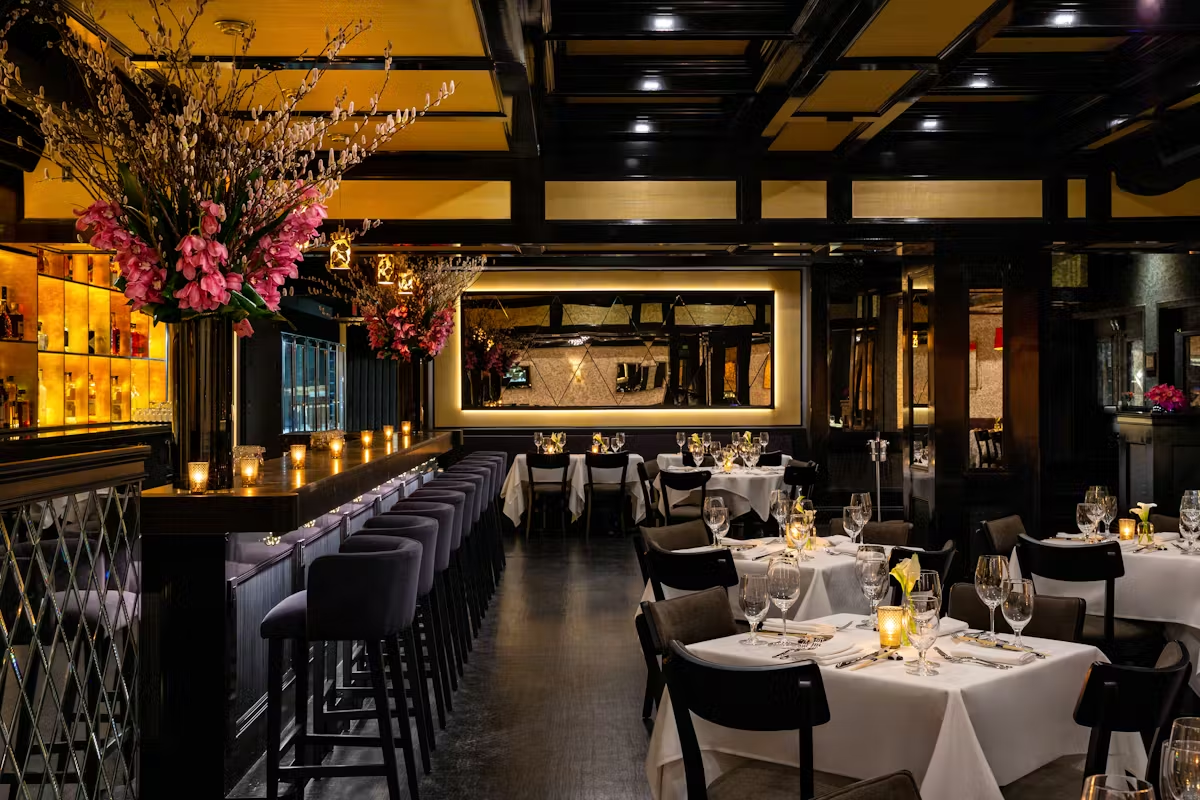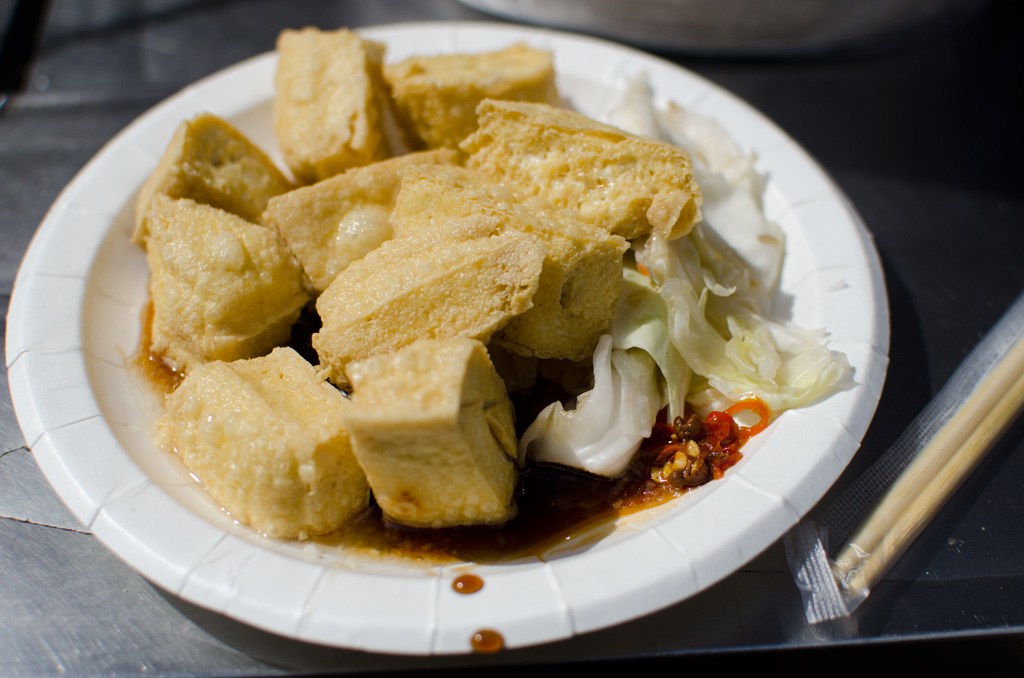In the realm of modern transportation, China’s high-speed rail network stands as a testament to innovation, efficiency, and sustainable travel. With over 42,000 kilometers (26,000+ miles) of track spanning across the country, it has rightfully earned its title as the world’s largest high-speed rail network. But beyond its impressive scale and technological prowess lies an experience that’s redefining luxury travel on rails: the first-class cabins of China’s bullet trains.
The Evolution of China’s High-Speed Rail
What many might not realize is that China’s high-speed rail revolution is relatively recent. The network made its debut just before the 2008 Beijing Olympics with the Beijing–Tianjin Intercity Railway. Since then, China has rapidly expanded its infrastructure, adding more than 30,000 kilometers of track in just over a decade. This ambitious expansion has been executed with remarkable cost-effectiveness, making high-speed rail accessible to millions of travelers across the vast country.
First-Class: Redefining Railway Luxury
The first-class experience on China’s high-speed trains offers a blend of comfort and convenience that rivals luxury cruise lines and business-class air travel—but at a more accessible price point.
Spacious Comfort and Premium Amenities
First-class carriages feature spacious seating with ample legroom and electronically adjustable reclining seats that allow passengers to customize their comfort level. Each seat comes equipped with individual entertainment systems and noise-canceling headphones, creating a personal sanctuary amidst the journey.
The attention to detail extends beyond the seating. First-class passengers enjoy:
- Exclusive lounge access at major stations
- Priority boarding privileges
- Personalized service from dedicated attendants
- Gourmet dining options that showcase regional Chinese cuisine
Punctuality and Efficiency
As TikTok travel influencer Chloe Jade Travels noted in her viral video, “The trains leave exactly on time.” This commitment to punctuality is a hallmark of China’s high-speed rail system. With trains typically running at speeds between 250–350 km/h (155–217 mph), journeys that would take days by conventional means are reduced to mere hours, “making you feel like China is a small country” despite being the world’s third-largest nation by landmass.
The smoothness of the ride is another frequently highlighted feature. Advanced train control systems ensure passengers experience minimal vibration even at high speeds, allowing for a productive or restful journey.
Technological Marvels
The technological advancements integrated into China’s high-speed trains extend far beyond their impressive speeds. The network boasts:
- Real-time travel information systems
- Enhanced Wi-Fi connectivity throughout the journey
- Advanced earthquake detection systems
- Automated emergency response protocols
Some experimental models have even surpassed 372 mph using maglev technology, pointing toward an even faster future for rail travel.
Eco-Friendly Transportation
Perhaps the most compelling aspect of high-speed rail travel is its environmental benefit. As climate concerns continue to mount globally, train travel emerges as a sustainable alternative to air and road transportation.
High-speed trains in China are powered by electricity, increasingly sourced from renewable energy. According to the European Environment Agency, trains produce less than a quarter of the carbon emissions of planes, with short-haul flights being particularly problematic from an environmental standpoint.
By investing heavily in high-speed rail, China is making significant strides in reducing air travel dependency and vehicle emissions, contributing to more sustainable transportation infrastructure.
Affordability and Accessibility
While first-class tickets come at a premium compared to standard fares, they remain considerably more affordable than business-class flights covering similar distances. This value proposition has contributed to the growing popularity of first-class train travel among business travelers and tourists alike.
The extensive network also means that “even super remote places are accessible,” as Chloe Jade notes in her video. This connectivity has transformed domestic travel within China, opening up previously isolated regions to tourism and economic development.
A Global Trend
China isn’t alone in recognizing the benefits of high-speed rail. Japan’s Shinkansen has been operational since 1964 and carries approximately half a million passengers daily. South Korea is in the process of fully electrifying its KTX train network, while Taiwan and Indonesia have also developed impressive high-speed rail systems that have garnered international attention.
However, China’s network stands apart in terms of its scale, rapid development, and continued innovation. As one social media commenter lamented, “I wish we had the political will to do this in the USA.”
The Passenger Experience
The first-class experience on China’s high-speed trains has earned praise from travelers worldwide. Beyond the comfort and amenities, passengers often highlight the spectacular views offered along many routes.
Even those opting for second-class accommodations find the experience impressive, with one traveler noting, “I love travelling by HSR in China – though only done the cheapest (second) class – which is absolutely fine.”


















